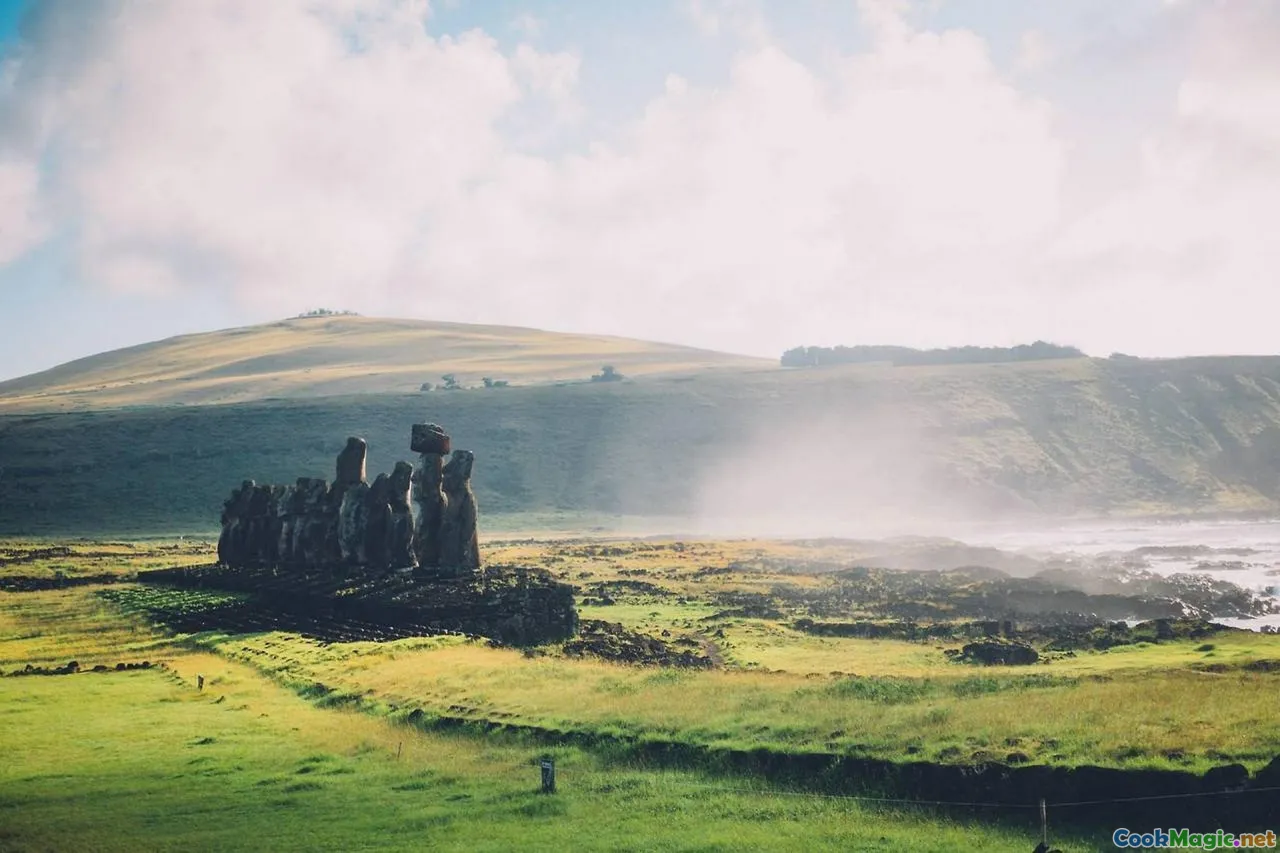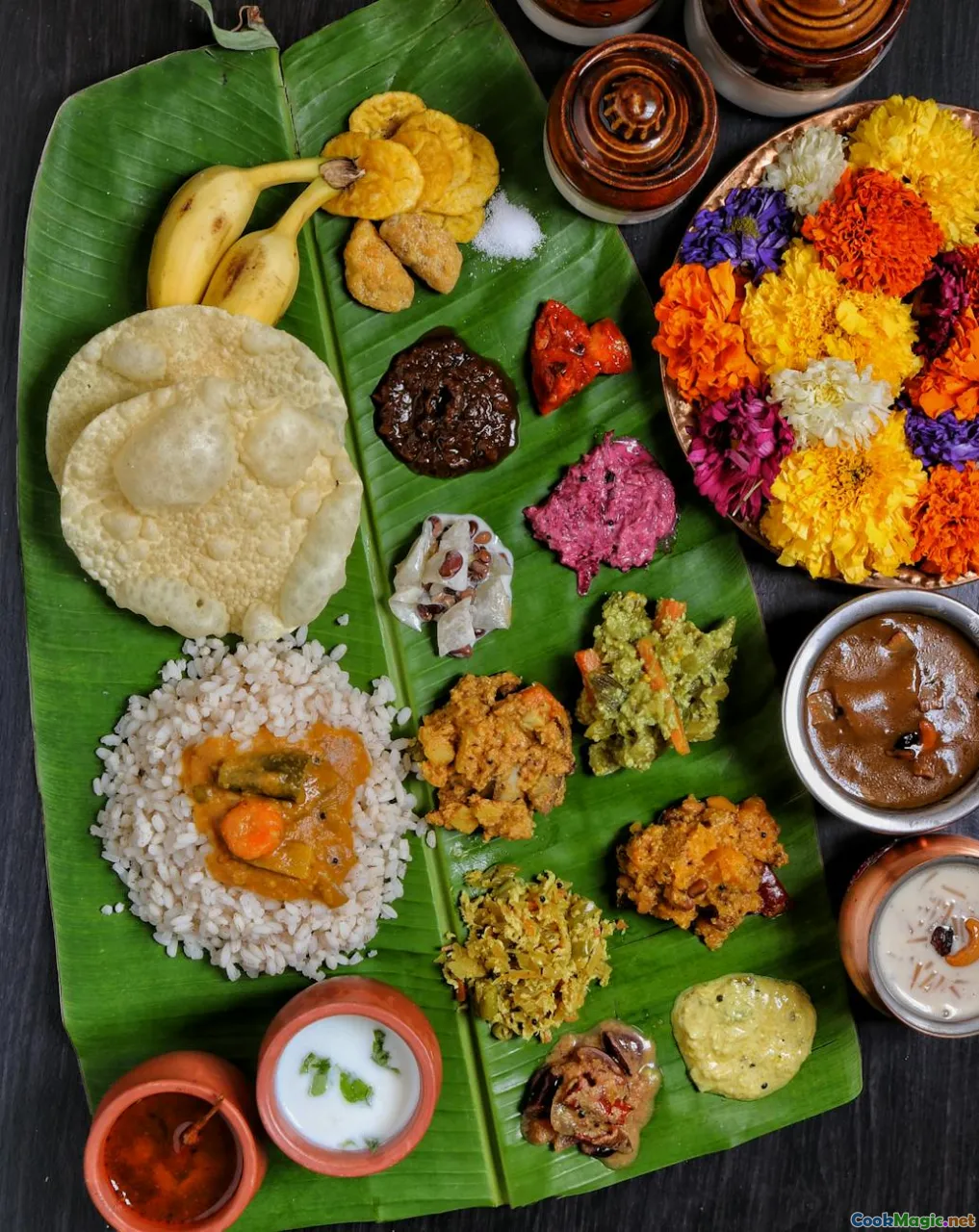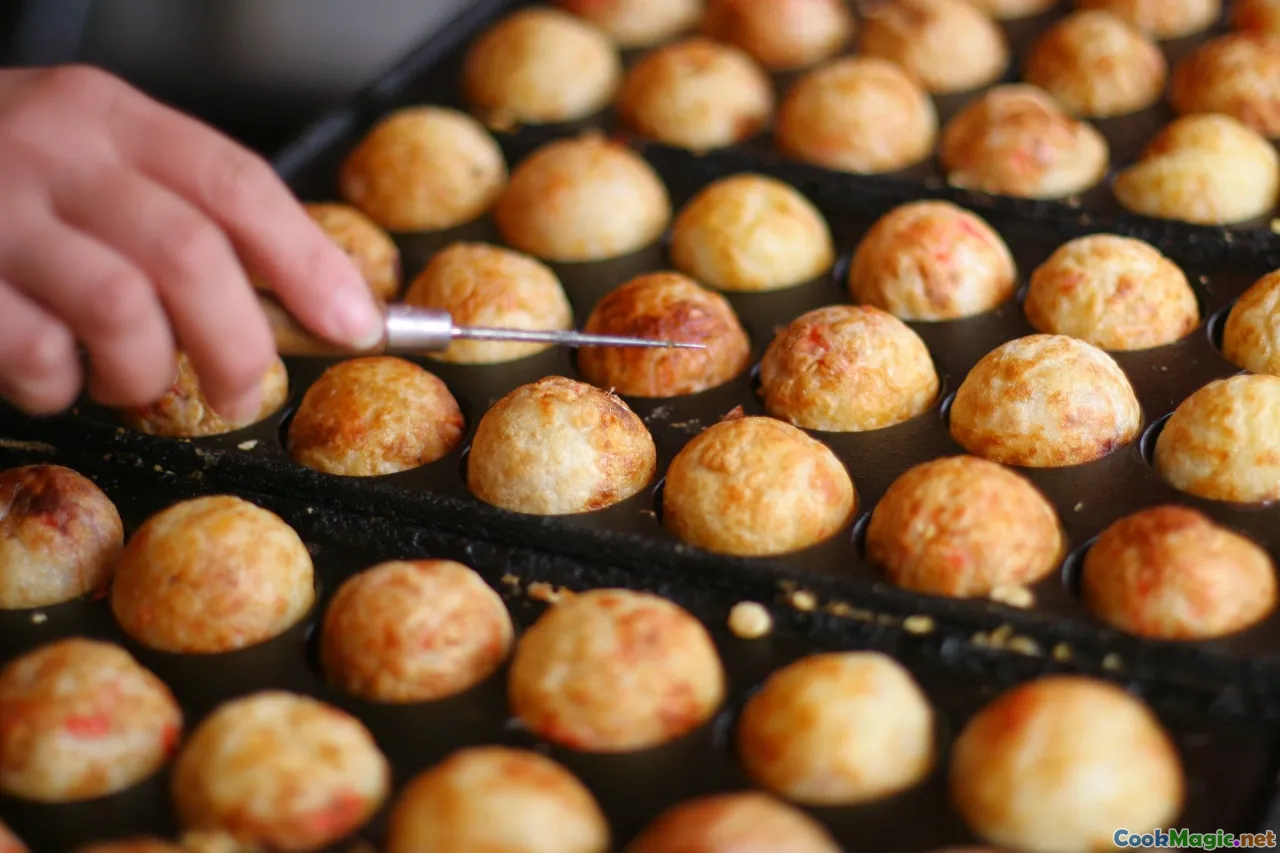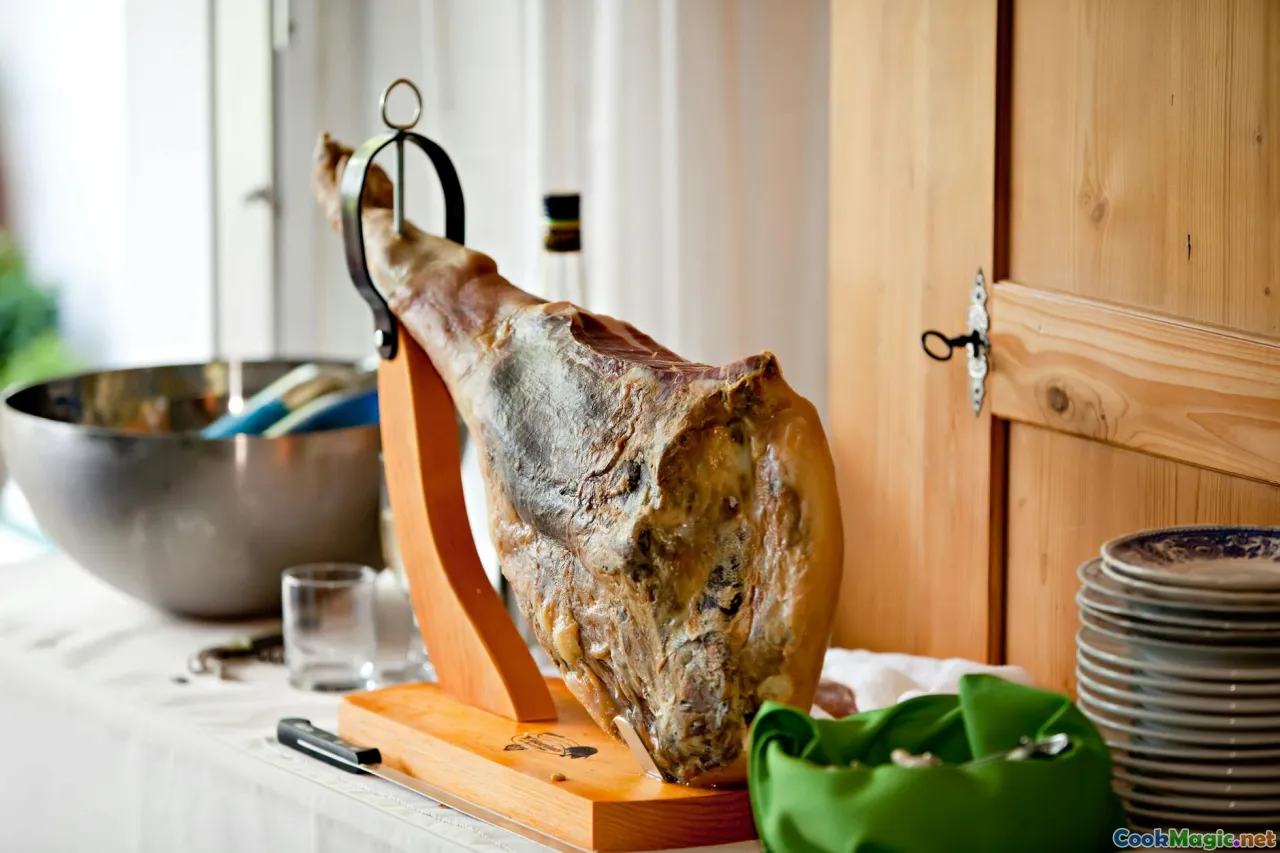Cultural Significance of Cook Islands Food
10 min read Explore how Cook Islands food reflects its rich culture, heritage, and traditional practices unique to Polynesian island life. July 26, 2025 15:05
The Cultural Significance of Cook Islands Food
As the sun dips below the turquoise beckoning waters of the South Pacific, the heart of the Cook Islands beats strongest around its vibrant cuisine. Far from just sustenance, the food of this archipelago is an intricate tapestry woven with threads of history, tradition, kinship, and identity. It awakens senses and stories, passing from generation to generation, anchoring the islands’ people in their rich cultural fabric. For culinary explorers, unraveling the significance of Cook Islands food offers a breathtaking journey into a way of life that cherishes communal ties, reverences the land and sea, and celebrates resilience through flavor.

The Heartbeat of Culture in Every Bite
For the people of the Cook Islands, food is far more than a necessity; it is a sacred channel for preserving history and fostering connection. Each dish speaks of ancestral legacies, the bounty of the ocean, and the fertile soils that nurture taro, breadfruit, and sweet potatoes. This link between identity and nourishment is evident in traditional gatherings called umu—underground ovens that symbolize unity and communal effort.
The process of preparing food for an umu embodies collective effort—men and women joining forces, young and old sharing age-old techniques. The aroma of coconut, taro leaves, and roasted meats drifts through villages, echoing tales of Curaçao, migration, and centuries-old Polynesian voyages. Eating together in the Cook Islands isn’t merely about sustenance but an act of cultural reaffirmation—a ritual that cultivates bonds and sustains stories.

Iconic Dishes and Their Cultural Roots
Ika Mata – The Star of the Sea
At the crossroads of tradition and modern day, Ika Mata stands out as a quintessential Cook Islands dish—fresh raw fish, typically tuna or reef fish, marinated in lime juice, salt, and coconut cream. Its vibrant white hue and velvety texture mirror the island’s deep connection to the ocean. Consumed during celebrations and everyday life alike, Ika Mata symbolizes sustenance and respect for the sea’s gifts.
Poke and Taro — Roots of Identity
While poke bowls are more associated with Hawaii, they share a similar cultural resonance across Polynesia. In Cook Islands, the humble taro—a starchy root packed with earthy sweetness—is more than food; it’s a sacred gift handed down through generations.
Breadfruit (ulu), another staple, is often cultivated for festivals like the Te Maeva Nui celebrations. Its rich, potato-like flesh, when roasted or baked, connects Islanders to their ancestral methods, demonstrating a sustainable relationship with their environment.
Reef Fish Curries and Coconut Stews
Seafood, especially reef fish, is prepared in curries infused with native spices and, often, tender coconut milk. These dishes are common at communal gatherings, their flavors enveloping everyone in the warmth of shared culture.

The Rituals of Food Preparation
Beyond the ingredients, the traditions surrounding cooking reveal a profound cultural narrative. The umu, like a communal heartbeat, involves digging a pit, lining it with volcanic stones, and layering ingredients—meat, vegetables, root crops—and topping with banana leaves. As stones heat and smoke rises, the cooking melds raw flavors into tender, fragrant dishes.
This method isn’t merely culinary—it embodies cooperation, respect for nature, and the passage of knowledge through communal storytelling. It embodies a shared history that stretches back thousands of years and anchors the community’s spiritual and social centers.

Celebratory Food and Festivals
Food in the Cook Islands plays a starring role in festivals like Te Maeva Nui—a celebration of Polynesian sovereignty, culture, and history. During these occasions, the umu is activated at dawn, filling the air with smoky perfume of roasting pig, roasting chicken, and root vegetables.
The communal feast becomes a mirror of kinship, emphasizing hospitality and collective pride. It’s a sensory symphony of flavors—coconut, lime, taro, ocean brine—crafted into dishes that commemorate resilience, love, and cultural pride.
The Significance of Kaka' — Celebratory Fruits
Sweet, exotic fruits like mango, papaya, and bananas aren’t just dietary staples; they are offerings of gratitude and symbols of abundance. Their bright colors and succulent textures are central to religious ceremonies and local festivities.

Food as a Storytelling Medium
Many recipes and dishes also serve as oral history, passing down tales of migration, survival, and identity. For example, the preparation of Miti—a dish of smoked fish wrapped in banana leaves—is linked to ancient Pacific voyages and the mastery of seafaring.
Stories are embedded in the patterns of eating—how a certain dish appears during a time of hardship or celebration, who prepares it, and how it is shared at communal tables drive connections deep into the island psyche.
Personal Insights: An Immersive Experience
Walking through a Cook Islands market, the air thick with the scent of grilled seafood, roasting taro, and fresh tropical fruits, one perceives a living museum of culinary culture. Conversations buzz around local dishes: vivid descriptions of flavors, personal stories of family feasts, the pride in craft.
Engaging deeply with the cuisine—not just tasting but understanding—reveals a culture that honors its origins with every bite. Whether it's a humble street stall serving freshly caught mahi-mahi or a festive umiemeke—a traditional island feast—the act of eating becomes a ritual of cultural affirmation.

Tips for Appreciating Cook Islands Food on Your Journey
- Visit Local Markets: Engage with vendors, sample taro chips, and ask about traditional recipes.
- Participate in a Community Feast: Join a umu experience if visiting during festivals—immerse yourself in the communal spirit.
- Learn Local Customs: Understand the significance behind dishes, which often transcend the plate.
- Respect Sustainability: Many ingredients are harvested sustainably; supporting local producers helps preserve these traditions.
- Cook with Islanders: Enroll in cooking classes that focus on traditional methods—note the importance of patience and cooperation.
A Taste of Heritage and Hope
The culinary landscape of the Cook Islands offers more than sensory pleasure; it is a living testament to resilience, adaptation, and deep-rooted culture. Every dish, every cooking technique, and every celebration embodies the islands’ collective soul—an ongoing story of people fiercely proud of their heritage, eager to pass it down through rich flavors.
As you savor the unique tastes and scents of Cook Islands cuisine, remember that each morsel is a bridge to a vibrant culture that has thrived amidst challenges and change, holding onto its roots while welcoming the future with open hands and open hearts.
Embrace the flavors of the Cook Islands, and you embrace a rich history—one that continues to be told, tasted, and celebrated with each shared meal.









